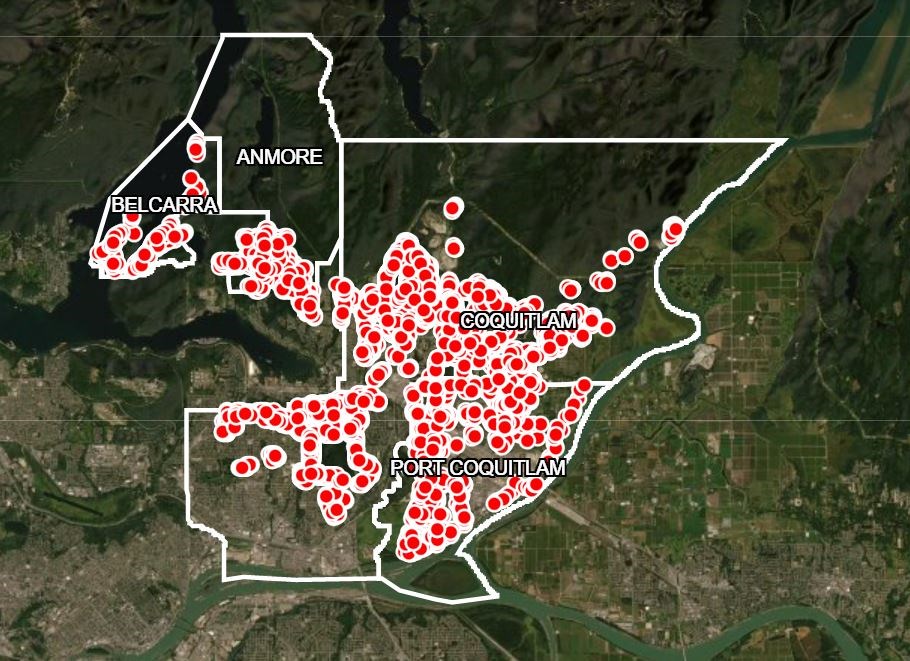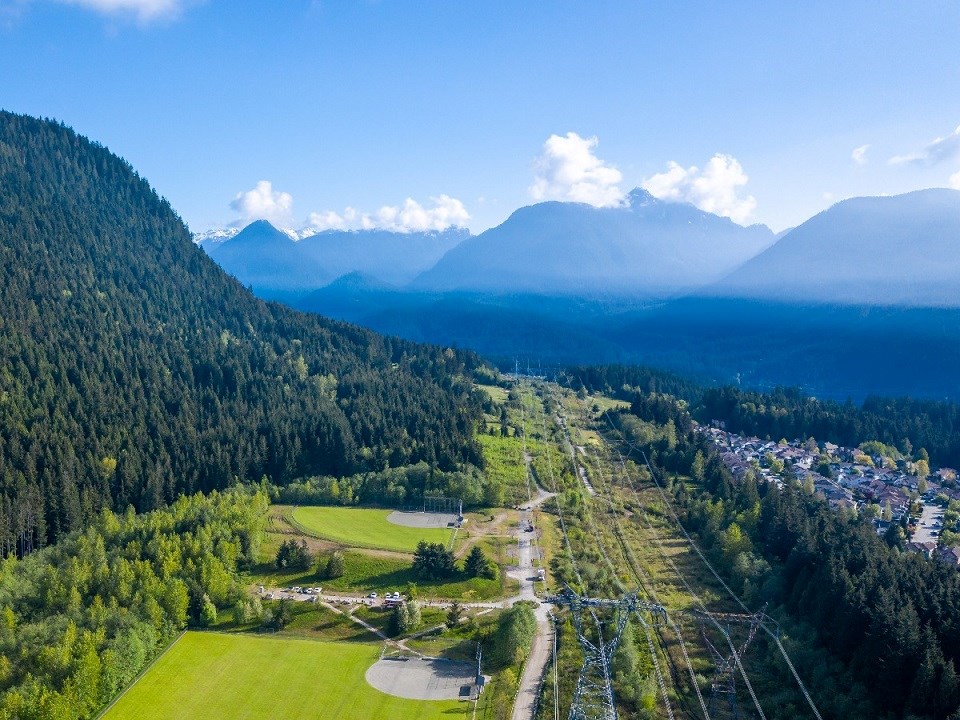Residents who choose to live near a forested area in the Tri-Cities face potential risks — especially in the summer when wildfires could spark at any moment.
In an effort to ensure neighbourhood safety, Coquitlam will be conducting home assessments over the next month in the northeast section of the city where urban population meets wildland areas.
Homeowners in that region could also receive grant funding if they choose to make their residences more 'FireSmart.'
"Property owners play an important role in reducing the risk to their homes and neighbourhoods by taking steps such as removing potential fuel sources and choosing fire-resistant building materials," said Coquitlam fire chief Jim Ogloff in a news release.
"The program goal is to help homeowners to adopt practices that reduce the risk of wildfire damage to their homes and property."
The free assessments are part of a combined $496,600 grant from the B.C.'s FireSmart Economic Recovery Fund — shared between Coquitlam, Port Coquitlam, Anmore and Belcarra; communities with about 5,000 properties that border heavily forested areas at greater risk for wildfires.
The money is earmarked for cost-effective ways to mitigate those risks, such as the hiring of FireSmart educators to conduct outreach programs.
Since fall, 2021, FireSmart ambassadors have been visiting neighbourhoods in the wildland-urban interface areas and providing homeowners with information to book fire-safety assessments.
A March 17 deadline has been set for interested residents to complete a first assessment of their home.
Grant funding could then be awarded if they decide to implement recommended mitigation upgrades and finish them before April 29.
Ogloff said financial support is also available for seniors aged 65 and older that wish to make those changes.
A final assessment would then be conducted and completed by May 31.
For more information on FireSmart assessments, you're encouraged to visit the City of Coquitlam's website.
A map is also available on Coquitlam's Northeast Sector page if residents are unsure if their home is located in a classified wildland-urban interface area.






